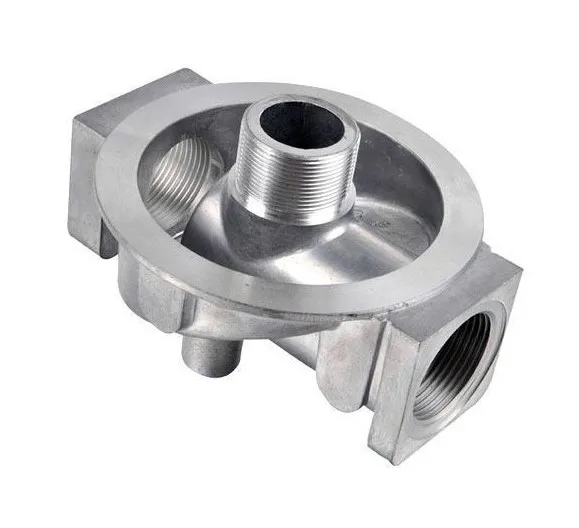Mobile:+86-311-808-126-83
Email:info@ydcastings.com
water pump of car engine
The Water Pump of a Car Engine Vital for Performance
The water pump is an essential component of a car engine, playing a crucial role in the overall functioning and efficiency of the vehicle. When discussing the water pump, it’s important to understand its functions, how it operates, and what can happen when it malfunctions.
Functions of the Water Pump
The primary function of the water pump is to circulate coolant throughout the engine and the radiator. This coolant absorbs heat produced by the engine during combustion and prevents overheating, which can lead to severe engine damage. The water pump ensures that the engine operates at an optimal temperature, typically between 195°F and 220°F (90°C to 105°C). By maintaining this temperature range, the water pump helps enhance fuel efficiency, reduce emissions, and extend the engine's life.
How It Operates
The operation of the water pump is relatively straightforward. It is usually driven by a belt connected to the engine’s crankshaft. As the engine runs, this belt rotates the pump’s impeller, a fan-like component that draws coolant from the radiator and pushes it into the engine block. After circulating through the engine and absorbing heat, the coolant returns to the radiator to release its heat and start the cycle anew.
The water pump often operates in tandem with the thermostat, which regulates the flow of coolant based on the engine’s temperature. If the engine gets too hot, the thermostat opens, allowing more coolant to flow. Conversely, when the engine is at a lower temperature, the thermostat remains closed, keeping coolant flow to a minimum to help the engine warm up quickly.
water pump of car engine

Signs of Malfunction
Despite its vital role, the water pump can wear out or fail over time. Some common signs of a malfunctioning water pump include overheating engine temperatures, coolant leaks (which are often seen as puddles or drips beneath the vehicle), strange noises (such as grinding or whining), and a steady drop in coolant levels. If any of these symptoms are noticed, it’s critical to address them promptly. Failure to do so can lead to catastrophic engine failures, which can be costly to repair.
Maintenance and Replacement
Regular maintenance can help mitigate water pump issues. It’s essential to keep an eye on the coolant levels and ensure that the coolant is flushed and replaced at the intervals recommended by the vehicle manufacturer. Additionally, during routine check-ups, mechanics should inspect the water pump and its components, including belts and hoses, to identify any signs of wear.
When it comes to replacement, the water pump is typically changed alongside the timing belt or chain, as they often share similar lifespan and wear patterns. Replacing both at the same time can save on labor costs and prevent potential future problems.
Conclusion
The water pump is a fundamental component of a car engine that ensures efficient temperature regulation and performance. Understanding its functions and maintaining it properly can lead to a smoother, more reliable driving experience. Whether you are a car enthusiast or a casual driver, recognizing the significance of the water pump will help you appreciate the complexities of automotive engineering. Ultimately, taking care of this little but vital part can lead to significant long-term benefits for your vehicle.
-
Why Should You Invest in Superior Pump Castings for Your Equipment?NewsJun.09,2025
-
Unlock Performance Potential with Stainless Impellers and Aluminum End CapsNewsJun.09,2025
-
Revolutionize Your Machinery with Superior Cast Iron and Aluminum ComponentsNewsJun.09,2025
-
Revolutionize Fluid Dynamics with Premium Pump ComponentsNewsJun.09,2025
-
Optimizing Industrial Systems with Essential Valve ComponentsNewsJun.09,2025
-
Elevate Grid Efficiency with High-Precision Power CastingsNewsJun.09,2025











